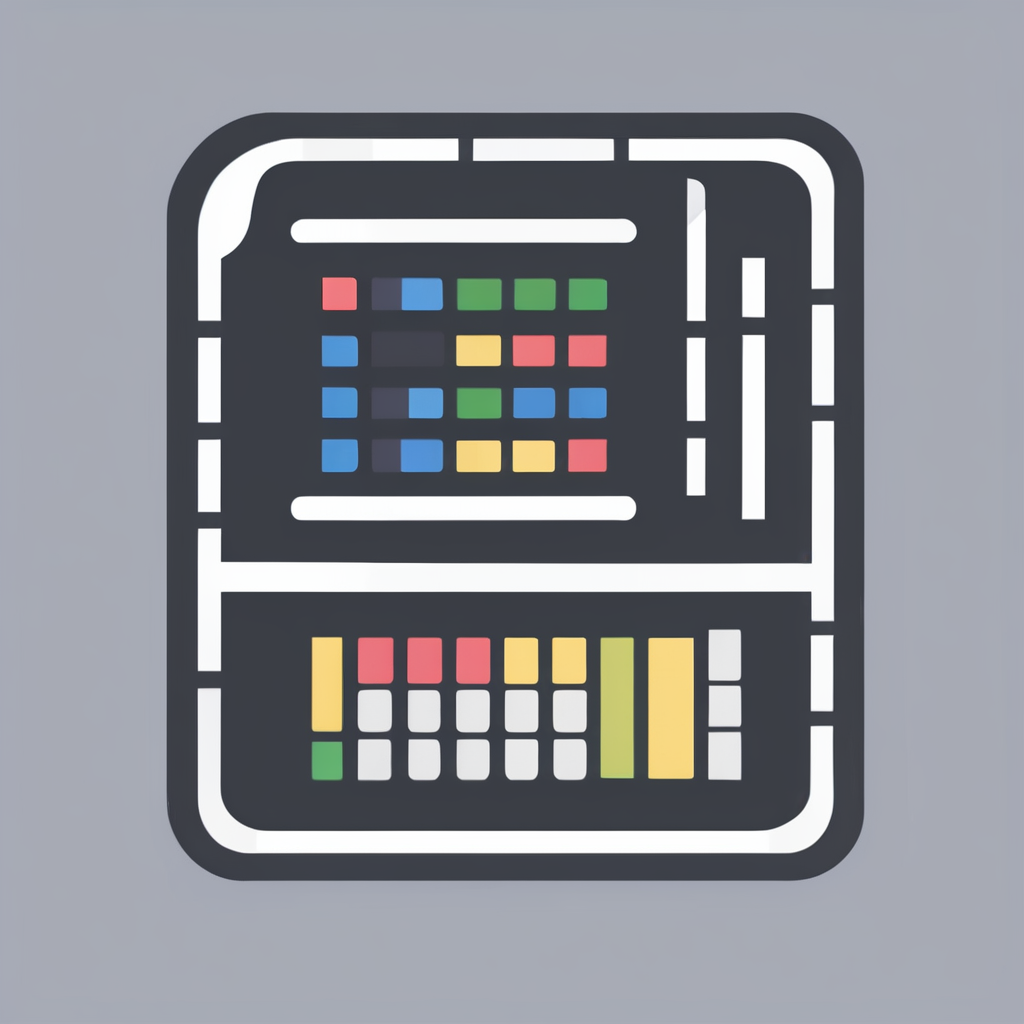Core Attributes That Define Smartphone Importance in Modern Computing
Smartphone features such as connectivity, processing power, and portability are central to their vital role in modern computing. Connectivity allows smartphones to access the internet, communicate with other devices, and support various applications that keep users connected anywhere and anytime. This includes cellular networks, Wi-Fi, and Bluetooth technologies. Without robust connectivity, a smartphone’s utility diminishes sharply.
Processing power is another key attribute that defines a smartphone’s importance. Modern smartphones possess processors capable of handling complex tasks—from multitasking and gaming to video editing and augmented reality. This power enables essential functions like real-time data processing and smooth application performance, rivaling traditional computers.
Also to see : What are the impacts of smartphone usage on UK digital communication?
Portability distinguishes smartphones from other computing devices. Their compact size and lightweight design allow users to carry a powerful computing tool everywhere. This portability supports a mobile lifestyle, making tasks like work, entertainment, and communication more flexible and accessible.
Together, these core attributes—connectivity, processing strength, and portability—empower smartphones to deliver a blend of essential functions. They have become indispensable not just as communication tools but as versatile devices supporting everyday computing needs.
Have you seen this : Effortlessly sell your iphone 16 pro for top dollar today
Everyday Uses Enhancing Daily Life
Smartphone applications have revolutionized how we handle communication, productivity, and entertainment in everyday life. These apps offer versatile communication tools, including calls, messaging, and video conferencing, enabling instant connection with colleagues, friends, and family regardless of distance. This level of connectivity enhances social interaction, making it easier to maintain relationships and collaborate effectively.
When it comes to productivity and organisation, smartphone applications provide indispensable features such as calendars, note-taking, and office suite apps. These tools help users schedule appointments, manage tasks, and work on documents seamlessly from anywhere. For instance, a calendar app not only reminds you of meetings but also integrates with other apps to streamline your day, boosting overall efficiency and time management.
On the entertainment front, smartphone applications bring streaming platforms, gaming, and social media right to your fingertips. Users can enjoy movies and music without needing extra devices while gaming apps offer instant engagement during breaks. Social media apps facilitate continuous social interaction, sharing content, and keeping up with news. These daily utilities turn smartphones into powerful tools that enrich various facets of modern life.
Integration with Cloud Services and the Internet of Things
Cloud computing has revolutionized how robot hoovers operate, enabling seamless access to cloud storage and computing resources. This integration allows devices to offload data processing to powerful cloud servers, enhancing cleaning algorithms and updating software without user intervention. Robot hoovers can store cleaning maps and user preferences in the cloud, facilitating smarter and more personalized cleaning routines.
IoT connectivity further extends the capabilities of these smart devices. By connecting to a home’s network, robot hoovers become part of a larger IoT ecosystem, communicating with other devices such as smart thermostats, security systems, and voice assistants. This interoperability enables coordinated actions; for example, a robot hoover can adjust its cleaning schedule based on occupancy data from other smart devices.
Smartphones play a crucial role as a hub in this ecosystem. Through dedicated apps, users can control their robot hoovers remotely, monitor cleaning status, and receive alerts. This real-time interaction enhances convenience and allows for dynamic scheduling. Together, cloud computing and IoT connectivity transform robot hoovers from standalone gadgets into integral parts of a connected smart home network.
Comparison with Other Digital Devices
When evaluating smartphones vs laptops, the key distinction lies in portability and immediacy. Smartphones excel in offering instant access to apps and communication tools, fitting easily in a pocket, which laptops cannot match. While laptops provide greater processing power and multitasking ability, smartphones enable users to perform many daily tasks on the go, such as checking emails or navigating with GPS.
In the tablets comparison, smartphones compete closely in terms of screen size and app availability, but tablets often provide a better experience for reading or media consumption due to their larger displays. However, smartphones remain superior in device versatility because they combine communication, photography, and mobile technology functions in one compact unit.
Mobile technology continues to evolve, improving smartphone adaptability through features like biometric security, voice assistants, and faster connectivity. This adaptability gives smartphones an edge over both laptops and tablets for users who prioritize convenience and immediate access. Understanding these comparative strengths supports selecting a device that best fits individual lifestyle needs without compromising essential functions.
Broad Impact on Modern Digital Environments
Digital transformation has reshaped how work, education, and leisure occur in today’s connected world. Mobile accessibility plays a crucial role, enabling users to engage with digital content anywhere, anytime. This shift supports the growing demand for flexible, on-the-go computing that aligns with evolving lifestyles and computing trends.
The technology impact extends beyond convenience—it actively bridges the digital divide. By providing portable access to information and communication tools, mobile devices reduce barriers faced by underserved communities. This democratization fosters greater inclusion in education and remote work opportunities, ensuring more equitable participation in digital spaces.
In the context of modern digital environments, increased mobile accessibility accelerates adoption of cloud services and collaboration platforms. Users benefit from seamless transitions between devices and contexts, maintaining productivity and connectivity. This dynamic supports new workflows and leisure activities that depend on reliable, immediate digital interaction.
Ultimately, understanding how digital transformation and mobile accessibility influence computing trends empowers individuals and organizations to navigate the evolving technology landscape smarter and more holistically.










